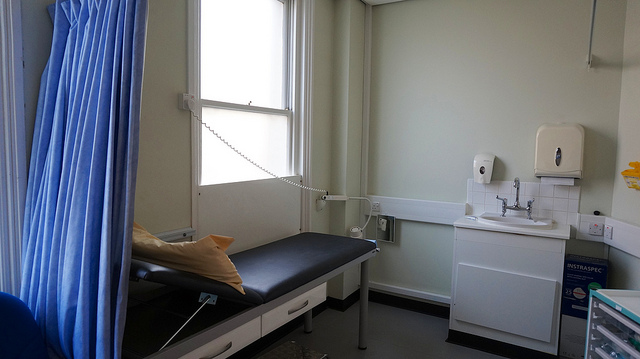Are your workers' compensation medical doctors treating injured workers from a P.O. Box? That may sound ludicrous, but most workers' compensation data suggests just that. The rendering physician's address is a P.O. Box.
In the past, documenting only the provider's mailing address was acceptable because that and a tax ID were all that were needed to pay bills and file 1099s. Now, having more complete data has become profoundly important.
Data on providers is scrutinized to determine medical performance, claim cost and outcome. Accurate analysis relies on the data-complete data. Rendering physicians must be documented on the bill so that their performance is accurately tied to the correct injured worker and claim in the data. Including the 1) treating physician's name, 2) physical location and 3) NPI number of the rendering provider on each bill lets analytics tell us who are the best and why. When those three little data elements are missing, so is any useful information for medical management.
When the data contains group or facility demographics without the rendering physician's name, the actual treating physician cannot be linked to the claim. Performance cannot be logically averaged among all the providers in the group. Obviously, not every treating provider is equally gifted or competent.
The HCFA (Health Care Finance Administration) standardized form has a box to document the rendering provider's name and NPI (National Provider Identification). That box must be used.
Sometimes, the name of the provider is documented on the billing form but is not captured in the OCR (optical character recognition) process, whereby the data on the bill is translated to a digital form.
Even when bills are submitted electronically, that data element, while present, may not be forwarded. The digital bill is usually handed off to a bill review service that analyzes the appropriateness of the charges and passes its conclusions on to the payer. Rarely is all the information from the HCFA billing form passed on to the payer. The provider information that is handed off may be just the billing address and tax ID.
Sometimes, the name and NPI of the rendering physician are omitted simply because it has always been done that way. No one has thought to change the procedure.
In other words: Retrieving definitive provider demographics might be a simple matter of requesting it!
Sometimes, though, the reason accurate data is missing may be more sinister. The Centers for Medicare and Medicaid Services (CMS) requires the rendering physician name and NPI number on bills submitted to Medicaid and Medicare. CMS simply withholds payment on bills without that information. But those standards are not applied in workers' compensation. The frequent result is bad or misleading data, but it can be even worse.
Unfortunately, omitting the name and NPI of the rendering physician is sometimes deliberate. This could be strategic or actual fraud. Some large multi-specialty medical groups and multi-location practices deliberately omit such information because they want the anonymity for their individual practitioners. They want to avoid measurement of their providers' performance. They do not want individuals identified, not even by the location in which they practice. All the providers in the group treat from a P.O. Box and under the group NPI number.
Some providers deliberately obfuscate the data so they can stay under the radar to overbill. They submit different addresses and even different NPI numbers on their bills. The practice is clearly fraudulent because CMS expects that one physician or other medical provider is assigned one NPI. Providers who commit fraud also circumvent CMS.
The solution
Regardless of the reason for bad medical provider data, payers can correct the problem by demanding more. Often, the solution is as simple as asking the bill review service for more complete data. Further upstream, it might be as simple as requiring all providers in a network to include the name and NPI of the actual treating physician on the HCFA billing form.
All you require is the 1) rendering physician's name, 2) physical location and 3) NPI number with every bill. With that information, the best and worst providers can be identified, and the fraudulent ones exposed.








